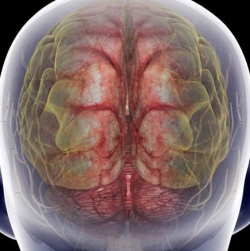
A drug previously tested against muscular dystrophy might offer protection against memory problems induced by stressful conditions, according to a preliminary mouse study. Researchers behind the study say the findings could one day contribute to treatments such as post-traumatic stress disorder (PTSD). However other scientists in the field say the mechanism of action is in need of further evidence, and as such the jury remains out on the clinical utility of the agent.
Although people with PTSD can receive help from psychotherapists and antidepressants, drugs to specifically treat the disorder are lacking, as a feature in Nature Medicine detailed. Moreover, doctors know that people who experience shocking violence or abuse and develop PTSD have trouble remembering and learning new things.
In the new experiment, mice were placed each night in a plastic tube without space to move around, creating chronic stress and providing a proxy for PTSD. Andrew Marks, a physiologist at Columbia University in New York, and his team gave half of the animals a daily dose of the drug S107 beginning two days before the stress regime and continuing for the remaining three weeks of research. In their study appearing today in the journal Cell, they report that those mice that received S107 remembered where to find a hidden platform in a water maze a little more than twice as fast as their control counterparts. The treated mice also explored new objects placed in their cages while their stressed-out, untreated counterparts showed less interest.
According to Marks, S107 works by binding to a type of calcium channel called RyR2, which is located in the endoplasmic reticulum within cells, thereby keeping the protein calstabin2 bound to the channel. When calstabin2 is bound to the channel it helps prevent calcium–an important chemical for neuron signaling–from leaking out.* Prior to the current study, Marks contributed two articles in this journal encouraging further exploration of the role protein plays in ion channels in patients with heart arrhythmias and muscular dystrophy.
